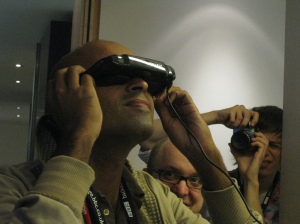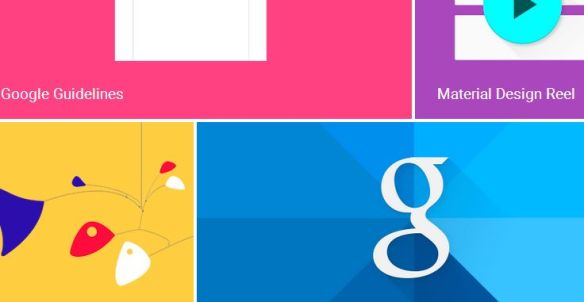I have always been intrigued by the process of innovation. In my days as a PR Consultant I used to come across innovative solutions all the time. In fact almost every client I had claimed to have had an edge on something, or to have innovated a specific process, making it better than anything else already out there. These days if you can’t innovate you aren’t in the game, so innovation has now frequently become a byword for what used to be standard business practices like product variants, hyped up by a good dose of self-promotion (I hate to call it marketing as it would diminish that discipline).
Real innovation was very often very hard to come across and on those few occasions, if you were in my line of business, you got so excited that you were quite prepared to put an extra effort for free just to assist that organisation, or even work pro-bono. Real innovation is intrinsically exciting.
Invention or innovation?
Invention and innovation go hand in hand and often the two get confused and merge into one. However, my own experience of inventors is that for the most part while they can be people with good ideas, they tend either to live in fear of sharing their inventions, in case someone stole the ideas, or they are so focussed on them that they lose sight of anything else. This approach make inventors naturally suspicious and introspective, which is hardly a recipe for success in today’s business environment. I can now hear people mentioning some well known contemporary inventors. Well, maybe. I have no doubt that redesigned appliances like the old vacuum cleaner, or hair dryers can be exciting, but these are hardly life changing inventions especially if you don’t live in the developed world. Yet even in the example just cited the inventor’s traits I mentioned are also present, you you don’t have to take my words for it, just watch one of the many documentaries on the subject.
Failure, the mother of innovation but doesn’t have to be so
Failure we hear is an inherent ingredient of invention and above all of business innovation. If you attend innovation events, or read articles on innovation, you’d be bombarded by messages telling you not to fear failure.
It would be impossible to disagree that the risk of failure was never present in any business venture. Even if you opened a relatively straightforward business like a fish and chip shop you’d stand a chance to fail. You do not need to adopt anything innovative, failure is omnipresent in any business venture. But innovative solutions have often a far greater likelihood of failing. The reasons are many, yet often interlinked. It could be down to the product or service itself and a poor understanding of the market. Or maybe the product is great and has potential, but the innovator is unable to communicate its benefits, either through lack of skills or financial resources or both. Or there is simply insufficient financial backing for the whole thing, particularly if a new product has a very long adoption curve and can only be made profitable over many years as this is unlikely to attract venture capitalist who are mainly concerned with relatively quick returns. Two more factors can also result in innovation failure, one is lack of customer care (no new product is 100% perfect at the outset – listening to your clients is key!) leading also to reputational damage, lastly if the organisation’s leader isn’t a business person but primarily an inventor at heart, introversion and poor people’s skills may lead to the creation of inefficient teams. It is very rare, however, that failure could only be attributed to a single cause, and more often than not is a combination of all of the above.
It’s all down to letting go…
These days much real innovation is sponsored either by the public sector or by the plethora of non profit organisations working in this arena. It’s harder to get through these checks on the back of a very poor concept or total lack of business skills. Yet very little can be done to engender a culture of continuous personal improvements and effective leadership among innovators. One of the hardest things to do for innovators and inventors is to let go. There is an intrinsic psychological need to hang on to their ideas and concepts, continuing to have full ownership of them even after their successful gestation. This could be very dangerous since we all know that while you can be outstanding at your specialism there is no guarantee you can be an equally proficient business leader. Salesmanship skills for example require unique individuals with an appropriate approach and outlook, the same applies to communications and other basic organisational roles. I still remember how I frequently silently despaired when attending presentations given by the inventors themselves. They were inevitably highly technical and very precise, but often failed to address basic audience needs or to identify features and benefits clearly. The hardest thing of all was always the unpicking of those presentations, so that the same message could at least be delivered much more effectively. Attachment was such though that not even a very large dose of diplomacy would make it more palatable and not infrequently clients would feel hurt, preferring to hear what they wanted, not what they needed.
Egos can be great determinants even in the innovation and business cycle of highly technical solutions. This makes the risk of failure more probable. So it would be fair to say that while failure is an inherent ingredient of any innovation we could mitigate its effects just with a good dose of reduced emotional attachment and more pragmatism and humility. Unfortunately, this simple message is often devalued and ignored, though this doesn’t make it any less crucial.







